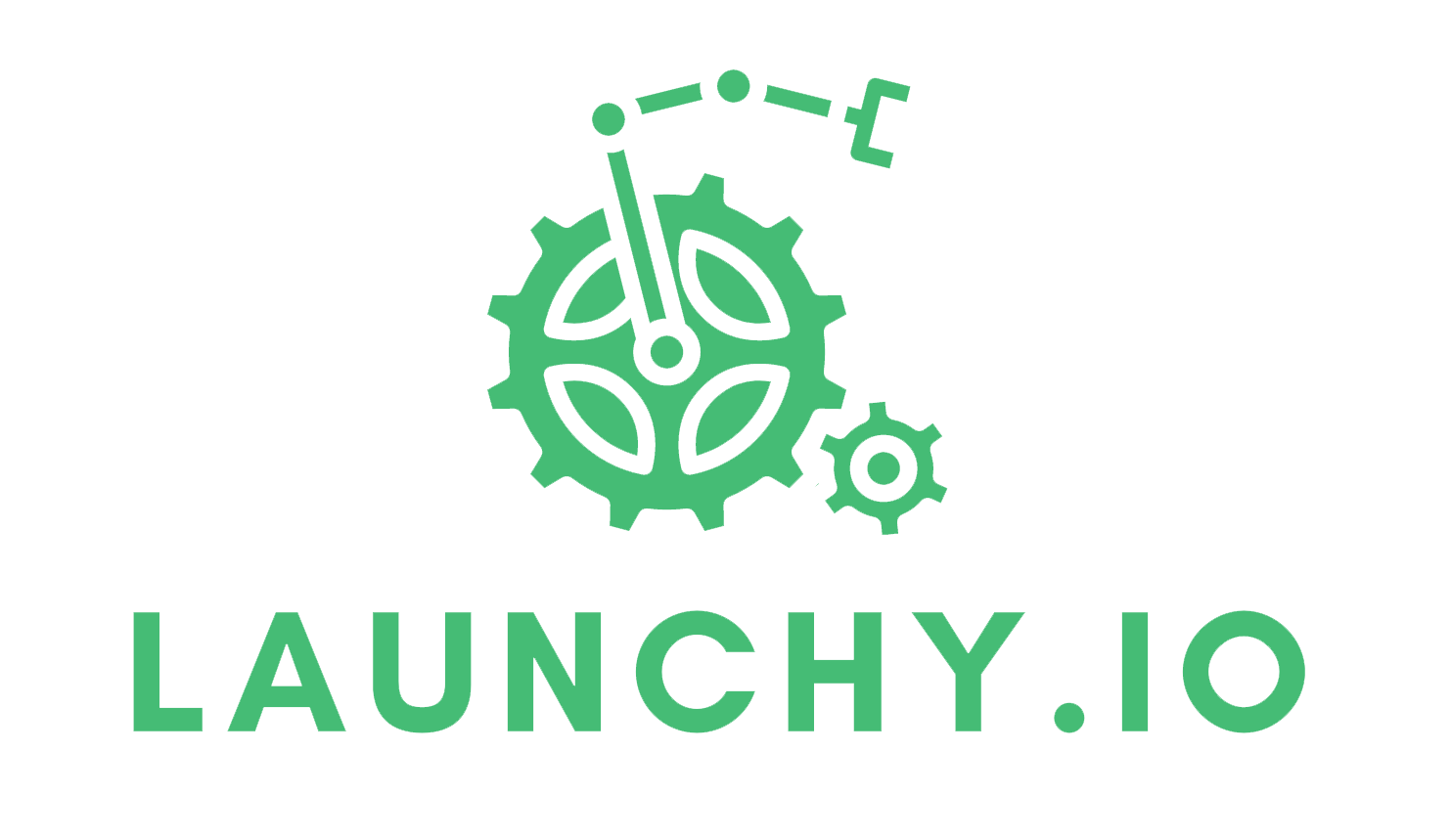When it comes to high-quality healthcare, good communication between patients and physicians is critical to patient safety, health, and satisfaction. It can also help to improve the efficiency of care delivery and reduce the cost of medical care.
The trust between the physician and patient is the foundation of the healthcare system and can be improved by using technology such as automated patient communication.
Digital tools like automation allow patients and providers to communicate quickly and clearly. In the post-pandemic world, an increasing number of patients prefer to communicate with their physicians through omnichannel online mediums.
Studies show that 47% of people are using technology to communicate with their healthcare providers. Another survey revealed that 70% of patients say they are more likely to select a provider that provides email or text reminders for follow-up care.
Let’s take a look at how automation can help both hospitals and patients communicate more effectively.
#1. Patient portals
Patient portals are sites that allow patients to access information about their health. Aside from checking on their health conditions, patients can also schedule or cancel appointments without having to call the clinic or hospital.
In addition, patients also have access to several resources that share information about health-related topics and learn more about the health issues that are relevant to them.
Patients can also use the portal to interact with their physicians and get responses to their concerns promptly.
Since patient portals are accessible anywhere, anytime, and from any device, patients can find out about their health condition by accessing the portal without any need for medical appointments with physicians.
Patients will also be motivated to take control of their well-being and make more informed decisions that will impact their health status.
#2. Mobile medical apps
When it comes to automated patient communication, mobile apps are all the rage. They can help patients reach out to their healthcare providers in real time and from any remote location.
Many mobile apps today have a two-way messaging option. Patients can contact their healthcare provider at any time to clarify any questions or even to inform their physician that they may be late for a consultation.
A mobile app also enables instant access to patient data. Physicians and healthcare providers can access data easily, including consultation records to effectively manage patients’ needs. They can also check their appointment schedules and get alerts or notifications when a new consultation request is received.
One of the common challenges that physicians face is that they often don’t have enough time to consult their patients, who then feel as though they’re being rushed and not getting the attention they deserve.
With automation, physicians can manage their consultations and ensure that they aren’t being overbooked and have adequate time to consult and treat their patients. This in turn helps patients get the individual care they need and not worry about having to rush through a consultation without having all their questions answered.
#3: SMS
Almost everyone has a mobile phone with them at all times and the majority of them read every text message they receive—even promotional messages.
Physicians and healthcare professionals can communicate with their patients easily using text messages as they are much more likely to be viewed than emails.
Patients are also more likely to reply to messages since it only takes a few minutes or less to draft a response, making it much easier for healthcare professionals to reduce expensive no-shows.
Healthcare facilities use automated patient communication to notify patients of upcoming appointments instead of manually contacting each patient to remind them about their consultation or appointment.
It’s also a great way to gather feedback from patients. For instance, after every consultation, an automatic message could be sent to the patient requesting them to submit a review of their experience and get a quick and honest response.
#4: Telemedicine
Telemedicine came as a miraculous solution during the pandemic when physicians were forced to limit their consultations.
Even today, in a post-pandemic world, physicians are reducing the number of in-person interactions they have with clients for common ailments like a cough or a cold.
Physicians today are making virtual consultations without any hindrance to the communication and understanding between the patient and the physician.
Patients are also realising the benefits of automation as they adopt this new method of interacting with physicians.
Patients are saving more time and money on travelling to and queuing in hospitals while having access to proper medical care.
#5: Pre-appointment registration
Patients are often forced to arrive at their appointment, fill out paperwork, and provide payment details before even meeting the physician.
While this process is inconvenient for healthcare staff, it’s also a hassle and problematic for the patient.
It would especially be cumbersome when the patient is suffering from an illness—paperwork would be the last thing they would want to be doing.
Patient registration and processing of payments can be made much simpler with the use of automation.
Healthcare providers can streamline their processes through automation and save more time and resources.
Automated patient communication—creating better patient experiences
Managing a healthcare practice isn’t simple, but with the right automation strategy, you can streamline your processes. While operational performance is critical, improving the patient’s experience and communication is also important.
When patients are satisfied, they also provide better recommendations and positive feedback which can help other patients find your practice.
Having the right automation partner is critical to making sure that you achieve your goals of providing excellent medical care for your patients. Speak to an automation expert today and learn more about how automation can help you help your patients.

